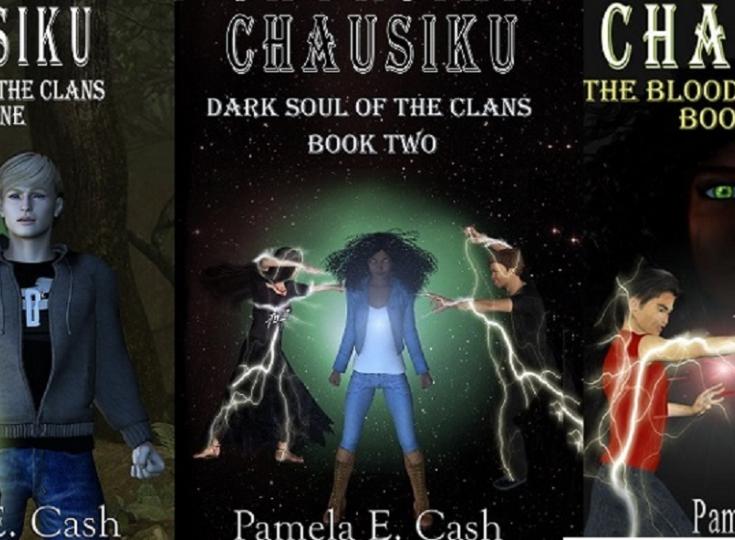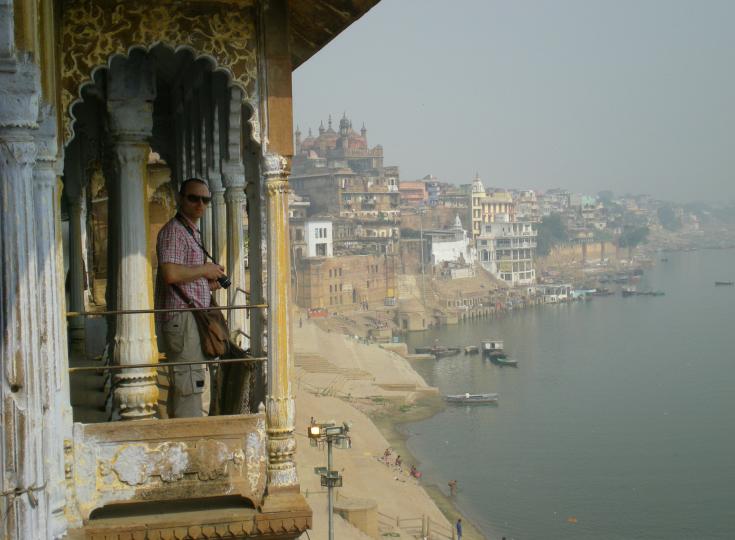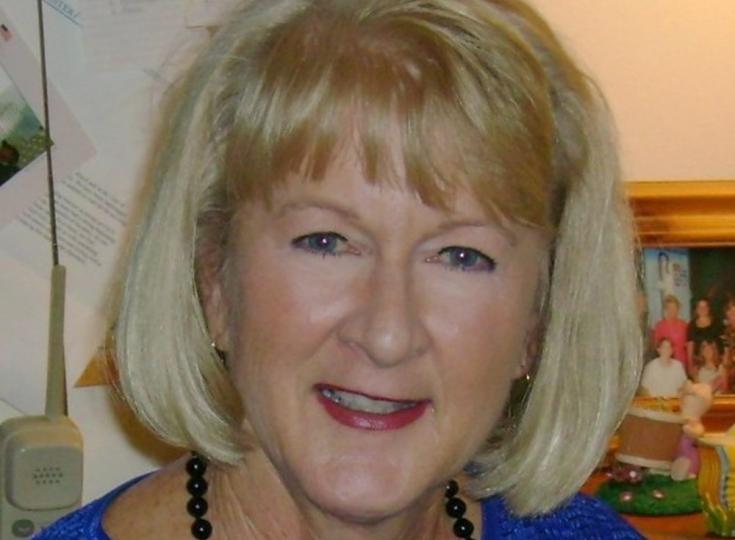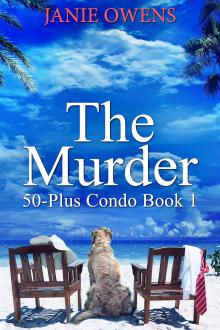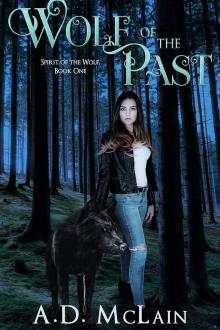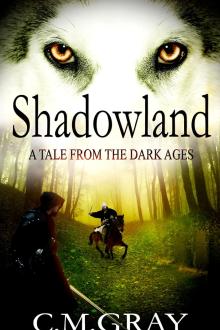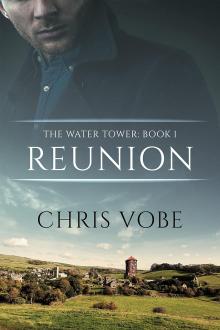James Dalessandro - Revealing the Truth Through Historical Fiction
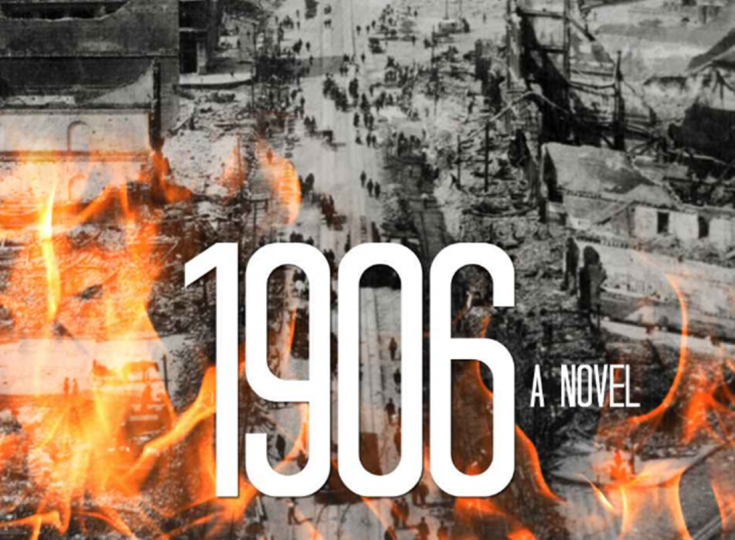
Author and screenplay writer, James Dalessandro, writes books that are so riveting that he has managed to sell several of them to large movie studios such as Pixar and Warner Brothers. He does a ton of research for his historical novels, which really shows in his work and he captures the look and feel of the era brilliantly. As our Author of the Day we chat with Dalessandro about life as a screenplay writer, his passion for writing and the real casualty count of the San Francisco Earthquake, which was apparently closer to 5,000 than 500.
Please give us a short introduction to what 1906 is about.
I re-created the San Francisco Earthquake that struck on April 18, 1906 and the fires that burned for three days, mostly as the result of human folly. It's the greatest disaster in American history.
Where does this fascination with the great San Francisco earthquake come from?
It was a writer's dream to find a story of this magnitude and then learn it had been the subject of a century-old series of lies and cover-ups. The army allegedly had marched and kept order amidst the chaos - what they did was loot liquor stores, get drunk and shoot as many as 500 innocent people as suspected looters. They used dynamite to blast fire breaks on wood framed buildings, and every explosion scattered flaming debris that started hundreds of fires. The official death count was 478. I wrote a resolution in January of 2005 asking our Board of Supervisors to set aside that number, which passed unanimously and made worldwide news. The real figure is at least 5,000. But most of all, I wanted to paint the wildest and wickedest city in America - part Paris and part Dodge City - so that people could grasp what was lost. So I started the story four days before a 7.9 earthquake struck - when federal officials were about the arrest the entire city administration on massive corruption charges. They used the fire and chaos to rehabilitate their images - trumpeting their heroic action in our darkest hour. All with the great Enrico Caruso providing the soundtrack at our opera house. Hard to top all that.
This book has had great reviews and has been purchased by Warner Brothers for a movie adaptation. What has the experience been like, so far?
Fabulous and frustrating. A month after Titanic broke the $1 billion box office mark, I went to Hollywood with $400 in the bank and came home with a $500,000 movie deal. I had sold over a dozen original screenplays that hadn't gotten made, so I had returned to my fist love; literature. My first novel, Bohemian Heart, had gotten great reviews and sold four times as a film, so I had taken the literary route back into a screenwriting career. After I finished the book and the screenplay, Warner Brothers decided to hire a string of other writers to rewrite the script and change the story. Not like them to destroy a good story, is it? The last to try was Brad Bird and Pixar - the film is now as dead as can be. Yet Warner Brothers released San Andreas - a thoroughly awful film with great visual effects - and did $700 million in box office. So a preposterous cartoon is fine, but one of the great stories in American history has no place. It's a roller coaster world that writers live in, and I have one of those front seats.
Tell us a bit more about Annalisa Passarelli. Why did you pick her to be the narrator?
I love strong, smart women, I'm married to one. I had all this machismo - young cops fighting the corruption, the slave trading and shanghaiing. Gunfights on the Barbary Coast. I wanted a female voice to tell the tale, and there was a famous opera and theater critic at the SF Bulletin. The heart of 1906 is a murder mystery/corruption probe - based on real events - and I realized that opera critic sat in the box seats with all of San Francisco's corrupt, monied aristocracy who were the subject of a massive corruption probe. Who better to collect information on how they operated? They'd drink champagne and brag about how many politicians they owned and how much money they stole and extorted. The plot to bring them down originated with Annalisa's boss - real life Bulletin publisher Fremont Older - in Theodore Roosevelt's White House office six months earlier. She's an amalgam of several people. Older and Roosevelt are quite real.
How much research did this book require from you?
I believe in Historical Fiction, not Historical Fraud. Anton Chekov once said that fiction is the ultimate truth. It is if you do your homework and don't twist facts to suit your narrative. I geared my story toward reversing the lies of the Official Story, which lingered for a century. I did seven years study and used a small army of researchers, including Gladys Hanen, Historian Emeritus of San Francisco. Her book, "Denial of Disaster" blew the lid off the coverup. As the City Librarian, she found that over 1.200 people died when the death count was officially 478 and then kept finding more and more. I have 200 books on San Franciso and American history at the dawn of the 20th Century - Rolls Royce catalogs, books on women's clothing, another on styles of carriages, complete architectural renderings of virtually every city street.
What was the most interesting aspect of your research for this book?
How much space can I take? How about Enrico Caruso practicing his quick draw with a Colt revolver off the back of the train en route from New York, as he was afraid of Indians and Shanghaiers. Or performing 5 hours before the earthquake as Don Jose in Carmen with the revolver in the cumberbund of his costume, fearful someone might storm the stage if he missed a note? Or the fact the entire City administration - mayor, political boss, all 18 members of the Board of Supervisors, the police chief and half the city's judges - found out one day before the quake struck that they were going to be arrested in the biggest corruption probe in American history? A plot hatched in Roosevelt's Oval Office? This story was the gift that kept on giving.
How much different is writing a novel from writing a screenplay? Do you convert all of your books into screenplays?
I have published four books - one was poetry - and have written the screenplays for the other three. One of them, Citizen Jane, was the only true crime story ever done by Hallmark. I was writer/producer of that one. Book and film writing are very different art forms. Fiction and non-fiction are narrative - you can describe feelings, make comments, plumb the psychological interior of any character. Film is two dimensional: if we can't see it or can't hear it, it doesn't exist. I love both and am one the few in the Writer's Guild of American in Hollywood that has a good career in both.
Your descriptions of the time period are very vivid, transporting the reader to really experience the scenes. How did you pull this off?
Great question. Historical Fiction is my favorite form of literature. The real challenge is to transport the reader. E.L. Doctorow said - paraphrasing - the journalist can tell you what happened, the novelist tells you what it felt like. I'm both - I want to know what REALLY happened, where the truth really lies. And I want to walk those streets, hear the sounds, smell the smells, feel all the hope and horror. I would periodically read parts of "Gone with the Wind" and "Uncle Tom's Cabin" and Caleb Carr's brilliant "The Alienist, which is a similar time period, for inspiration. Steinbeck's "East of Eden" is my favorite American novel. Or perhaps "Huckleberry Finn." One of my critics said I compared myself to Margaret Mitchell. What I said was that she inspired me: no one would be dumb enough to think they had matched Rhett Butler and Scarlett O'Hara.
You state a different number in the book than “official” casualty count. Why?
Gladys Hansen, Historian Emeritus, is emphatic that more than 3,000 people died. Every source, including the City's official count, now recognizes that number. If there's anything gratifying in all this, it's the fact that 1906 helped change a city's history when my resolution set aside the aberrant 478 figure and the new number is now universally recognized. No one should get away with a lie of that magnitude - I busted the official liars, and it's the ultimate satisfaction.
Tell us a bit about your writing habits. Do you prefer writing in the morning or evening, pen or laptop?
Every day, all day. Sometimes my wife asks if I've gone out of the house except to get the mail. Which reminds me I didn't get the mail. You have to love this work in order to do it. I haven't written anything long hand, except for a few notes in the margins, for decades. I type 100 words per minute, and fairly accurately. It's the only way I can keep up with this unchained mind.
Do you plot out your books before you start writing?
I didn't with my first novel, Bohemian Heart, which is a contemporary update of the noir detective thriller set in San Francisco. Its lead character is the grand nephew and grandson of the protagonists in 1906. I wrote it in nine months, with a lot of small polishes but no major revisions. But Citizen Jane, my true crime, required a lot of research and organizing. And 1906 was the monster that almost killed me - the amount of research was staggering, and it had maybe a dozen interconnected story lines that had to fit together and make sense. It was the first six chapters of that book and the 38-page outline that sold in a bidding war for the movie rights. I outline all of my screenplays and television projects: right now Television is in an unprecedented golden age of good story telling, and my quirky, whacky, historical epics are finally in vogue. I do a lot of "serialized" stuff like the "Fargo" series and "The Vikings" - essentially Telenovelas with anti-heroes at the core. That takes a lot of outlining, which I love - you get to see your structure and characters in prose form, and it holds your plots and subplots together if you do it correctly.
Besides writing, what other secret skills do you have?
I was a carpenter for eight years and am constantly remodeling my house. And I'm a very good cook. Both of those skills have allowed me to stay married to a fabulous woman for 28 years. They offset, somewhat, the fact that she married a writer who lives inside his head and has opinions on everything. I have dual American and Italian citizenship and am pretty fluent in Italian. I do a lot of lecturing for big groups on San Francisco history, and I'm funny as hell. I'm a decent tenor, as my four-legged companion and critic Giacomo Poochini will attest.
What are you working on right now?
I just finished writing the Pilot script for a new Stan Lee series called "The Chosen" about a Native American homicide detective who inherits the mystical/spiritual/paranormal abilities of his ancestors. It's Stan's most unique idea: not a superhero but an ordinary guy struggling with these new abilities. I also just wrote a series based on my PLAYBOY article called "PETROSINO" - the true story of a former shoeshine boy drafted into the NYPD who almost wiped out the New York Mafia before they became the world's most powerful crime syndicate. Joseph Petrosino's ally in the war was the Police Commissioner cum President, Theodore Roosevelt. I'm one of the Italians who hates the Mafia and finds nothing funny, charming or redeeming about serial killers in bad fitting suits.
Where can our readers discover more of your work or interact with you?
My books are all on Amazon in Kindle/digital, and I'm at JamesDalessandro.com. May I recommend they visit Youtube.com and view THE DAMNEDEST, FINEST RUINS, the documentary I wrote and directed on the great 1906 Earthquake. It has restored silent film footage and photos, the restored voice of Enrico Caruso, and it's narrated by my friend Peter Coyote. Peter does a lot of work for Ken Burns, and he's one of the best narrators in the world - his work on Damnedest, Finest Ruins is among his best.
Let me thank you and your readers for this great opportunity.

